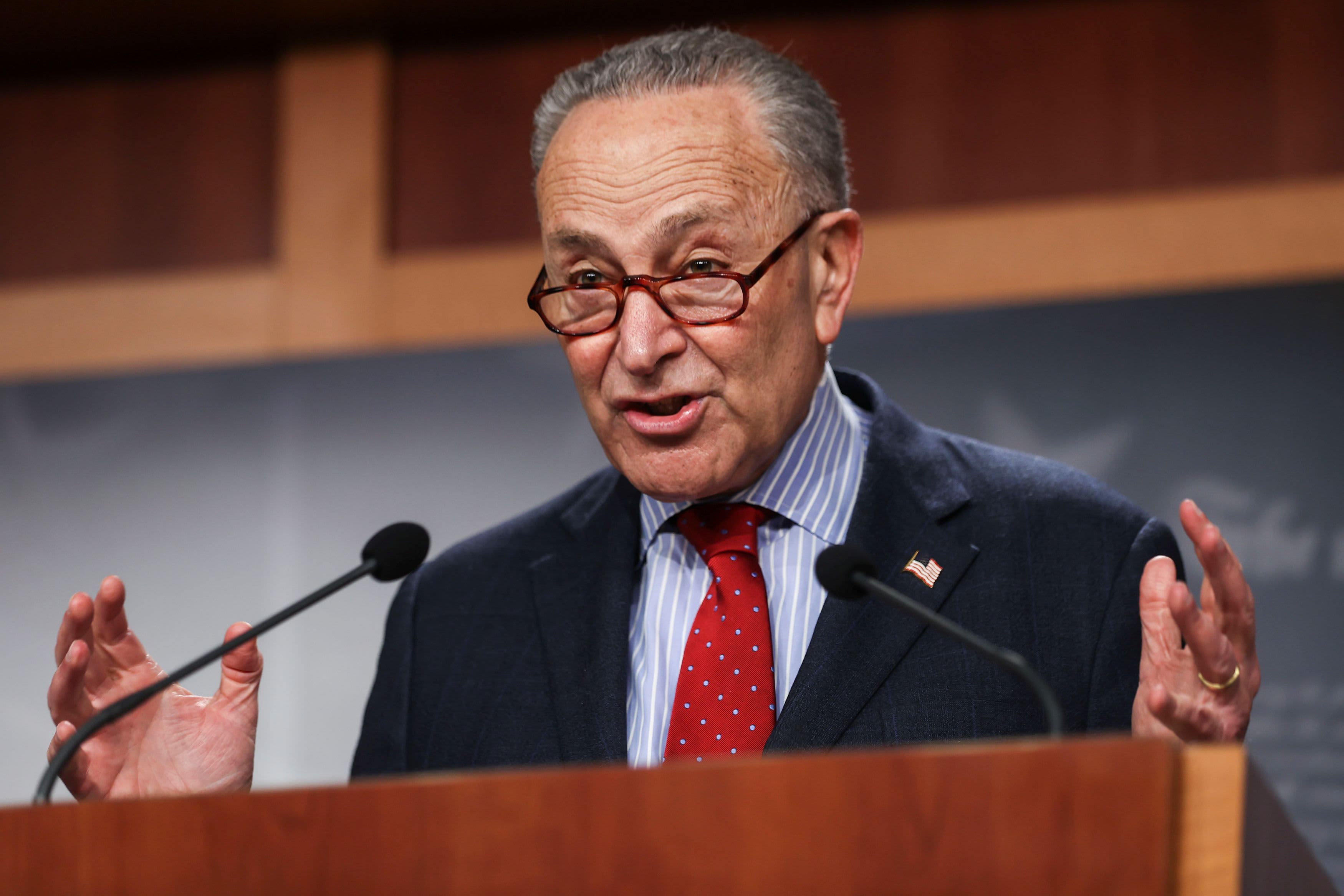Social Security fund will be able to pay benefits one year longer than expected, Treasury says
The Social Security trust fund will be able to pay out benefits for a year longer than prior estimates, the Treasury Department said.

The Social Security trust fund most Americans rely on for their retirement will be able to continue to pay out benefits on a timely basis until 2034, one year later than the Treasury Department estimated last year, according to an updated report published by the government Thursday afternoon.
The improved analysis, signed by Treasury Secretary Janet Yellen and Labor Secretary Marty Walsh, projects that the government's disability insurance program will be able to pay full benefits over the next 75 years, the first time Social Security officials have issued such a rosy outlook since their 1983 report.
Last year's report estimated the Disability Insurance Trust Fund would be depleted in 2057. Medicare Part A will remain fully financed through 2028, two years later than previously projected, the government said.
U.S. Treasury Secretary Janet Yellen takes off her mask at the start of a Senate Banking, Housing and Urban Affairs Committee hearing on “Financial Stability Oversight Council Annual Report to Congress,” on Capitol Hill in Washington, U.S., May 10, 2022.
Elizabeth Frantz | Reuters
Yellen and Walsh explained that the improved outlooks for the various funds are due to a faster and more robust economic recovery from the Covid-19 recession.
"The main reasons for the smaller deficit are a stronger-than-expected recovery from the pandemic-induced recession, higher expected levels of labor productivity, and lower future disability incidence rates that reflect recent experience," Yellen and Walsh wrote.
"Changes were made to near-term economic data and assumptions reflecting that the recovery of employment, earnings, and GDP from the 2020 recession has been faster and stronger than projected in last year's report, resulting in higher payroll tax receipts and higher revenue from income taxation of Social Security benefits," the government said in a release.
The Treasury Department looks after two Social Security funds: the Old-Age and Survivors Insurance and the Disability Insurance Trust Funds. The two programs were created to provide a source of income to former workers who have retired at the end of their careers and to those who cannot work due to a disability, respectively.
Despite the revised projections, and given broad demographic trends and an aging U.S. population, the financial outlook for Social Security, largely funded by payroll taxes, is grim without government intervention or material changes to the country's tax code.
If Congress fails to act by the time the main Social Security trust fund is depleted, federal law would automatically cut benefit checks for retirees by about 20% across the board.
That could prove disastrous for many Americans who've budgeted and planned on that source of income for years, betting that their contributions via payroll taxes during their working years would ultimately come back to provide for them in their retirement.
The various funds act as pillars upholding the retirement plans of tens of millions of Americans and are among the most popular safety-net programs in the U.S. So popular are the federally managed programs that political strategists often dub them the "third rail" of U.S. politics — simply too dangerous to touch or reduce.
"Lawmakers have many policy options that would reduce or eliminate the long-term financing shortfalls in Social Security and Medicare," the government report said. "Taking action sooner rather than later will allow consideration of a broader range of solutions and provide more time to phase in changes so that the public has adequate time to prepare."

 JimMin
JimMin 
































